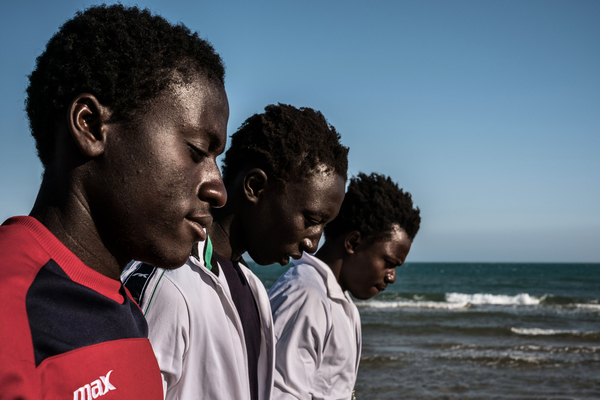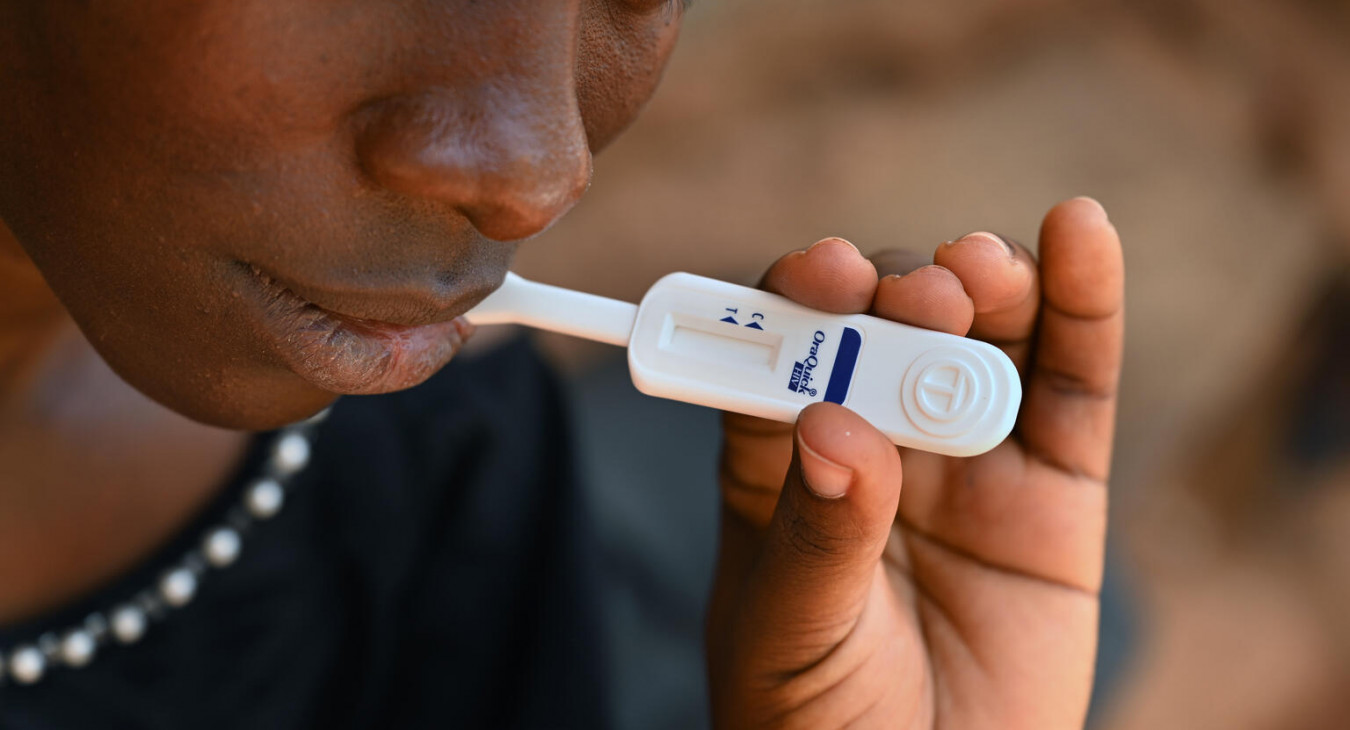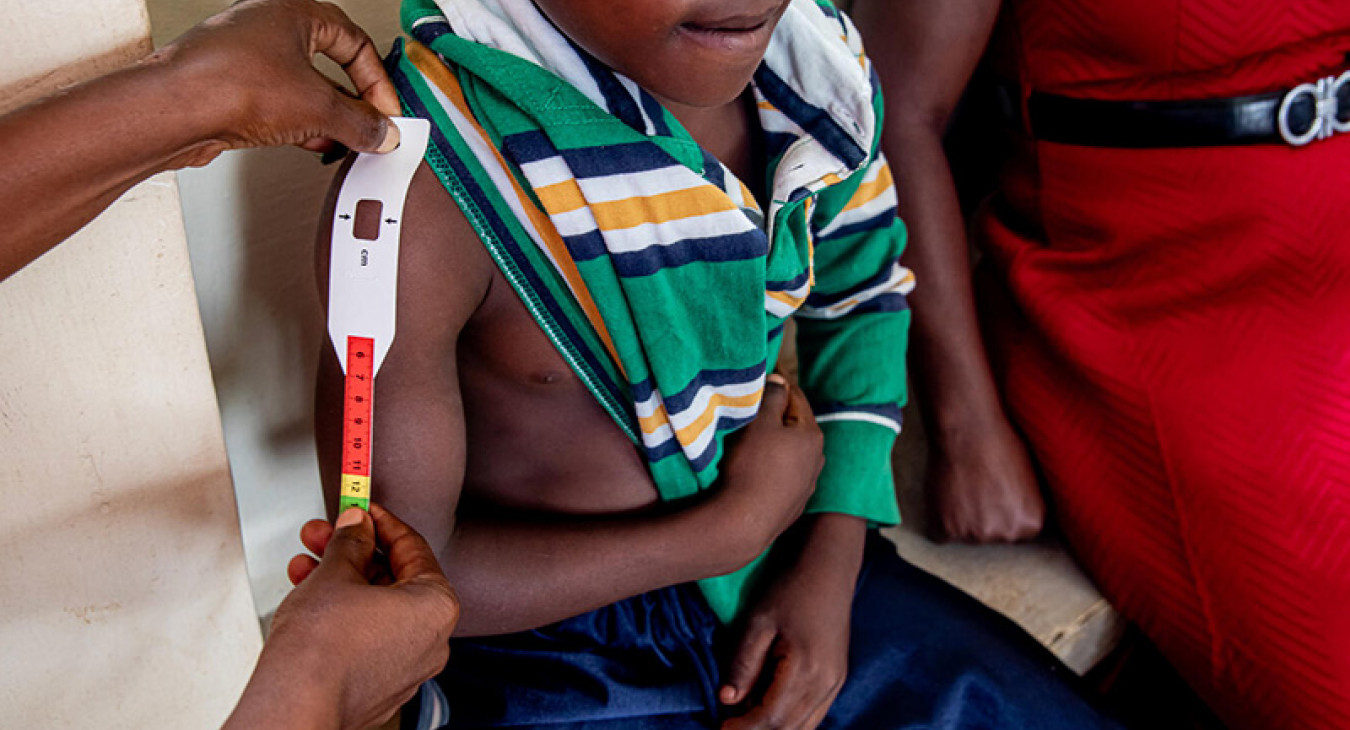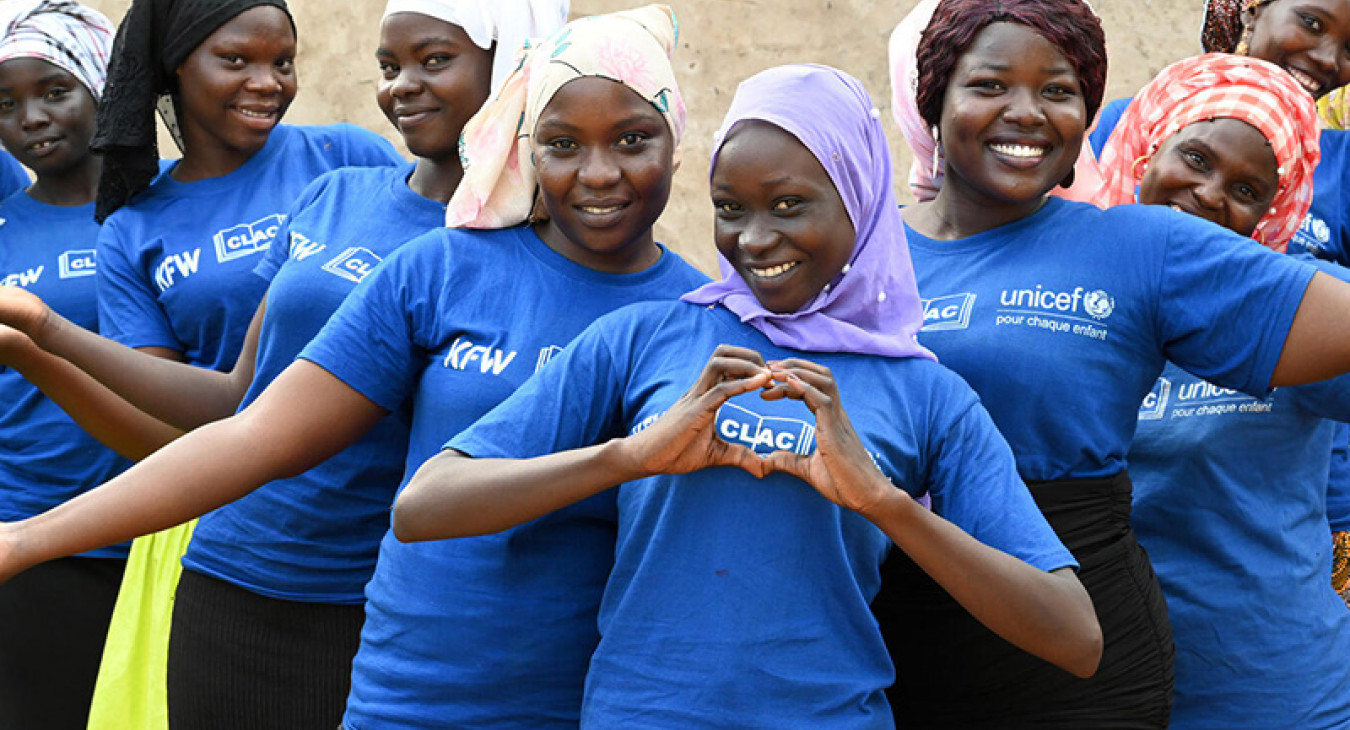
The 2024 Global Alliance Progress Report on Ending AIDS in Children by 2030 shows how far we have come—and how much further we must go—if we hope to meet the global commitments to end AIDS in children. It offers a snapshot of global progress and permits an early assessment of the impact of the Global Alliance’s work.
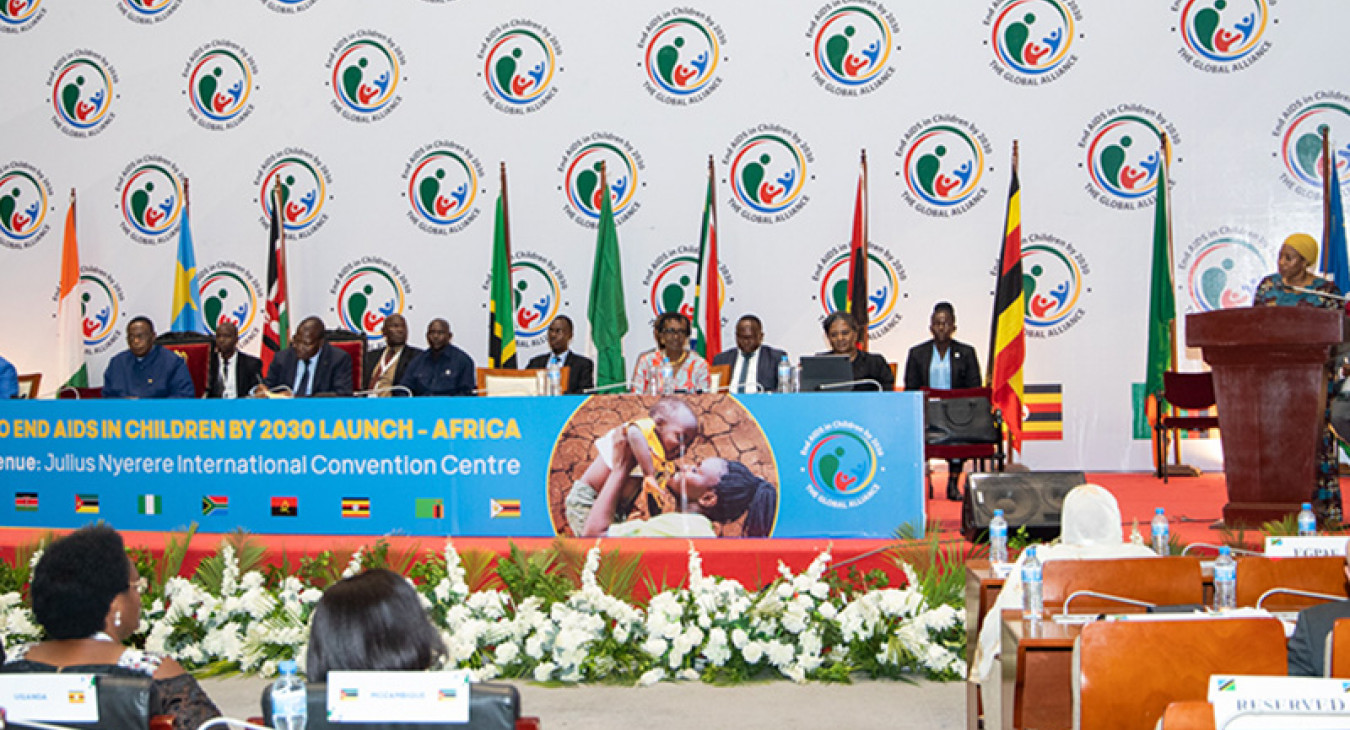
The inaugural countries leading the Global Alliance to end AIDS in Children together with community representatives, UN agencies, stakeholders and partners gathered in Dar es Salaam, Tanzania on February 1st, 2023, to discuss our progress and our plans to end AIDS in Children by 2030.
Read the Lancet article on the declaration.
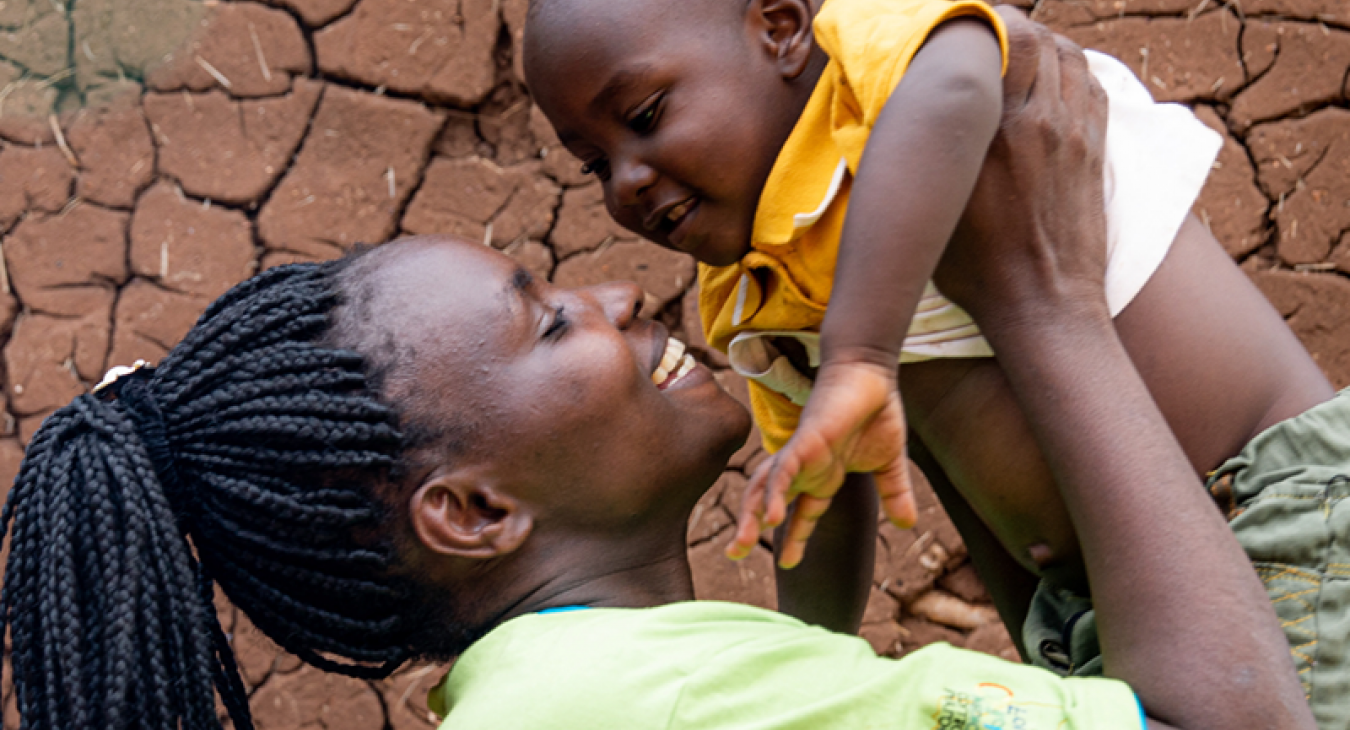
This brochure describes why and how a strong, strategic, and action-oriented alliance of multisectoral stakeholders at national, regional, and global levels will work with women children and adolescents living with HIV, national governments, and partners to mobilize leadership, funding, and action to end AIDS in children by 2030.
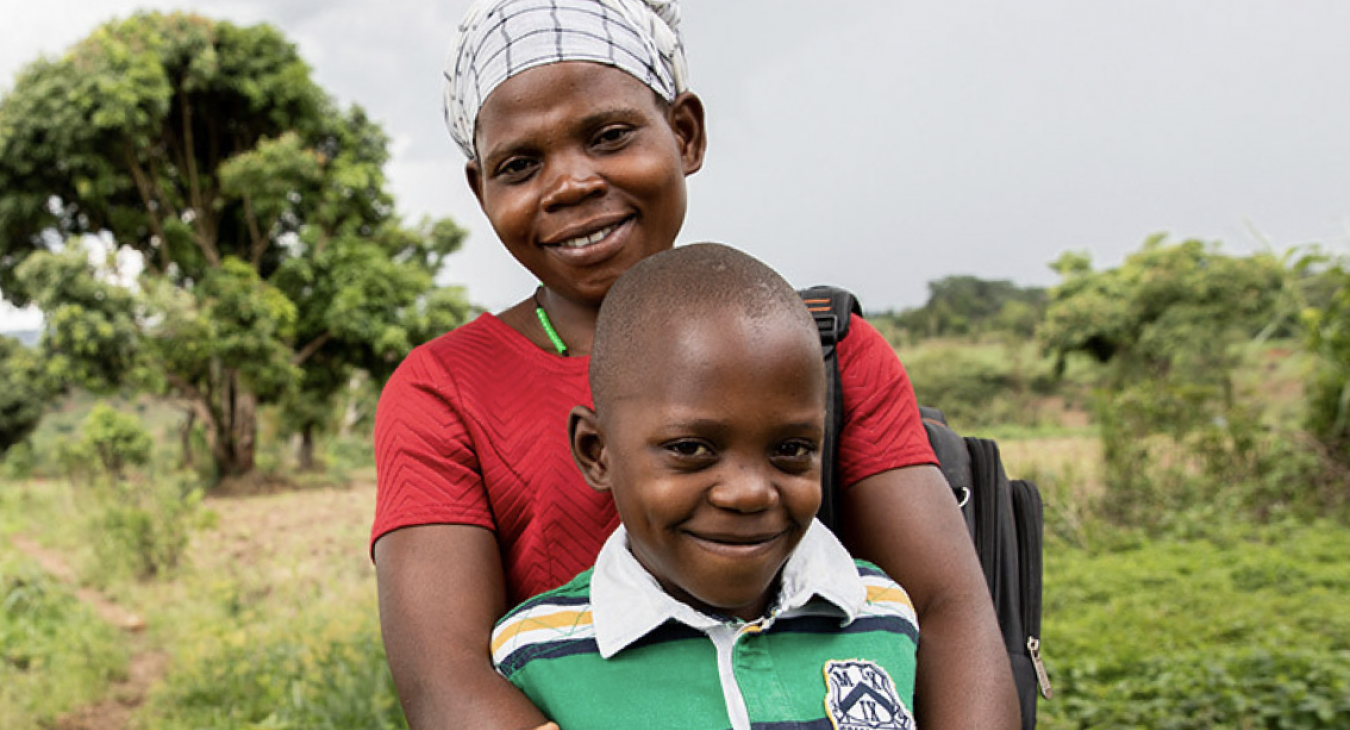
The draft operational framework outlines the rationale and vision for the Global Alliance, actions, governance and collaboration, intervention pillars, results framework, progress monitoring, and accountability measures.
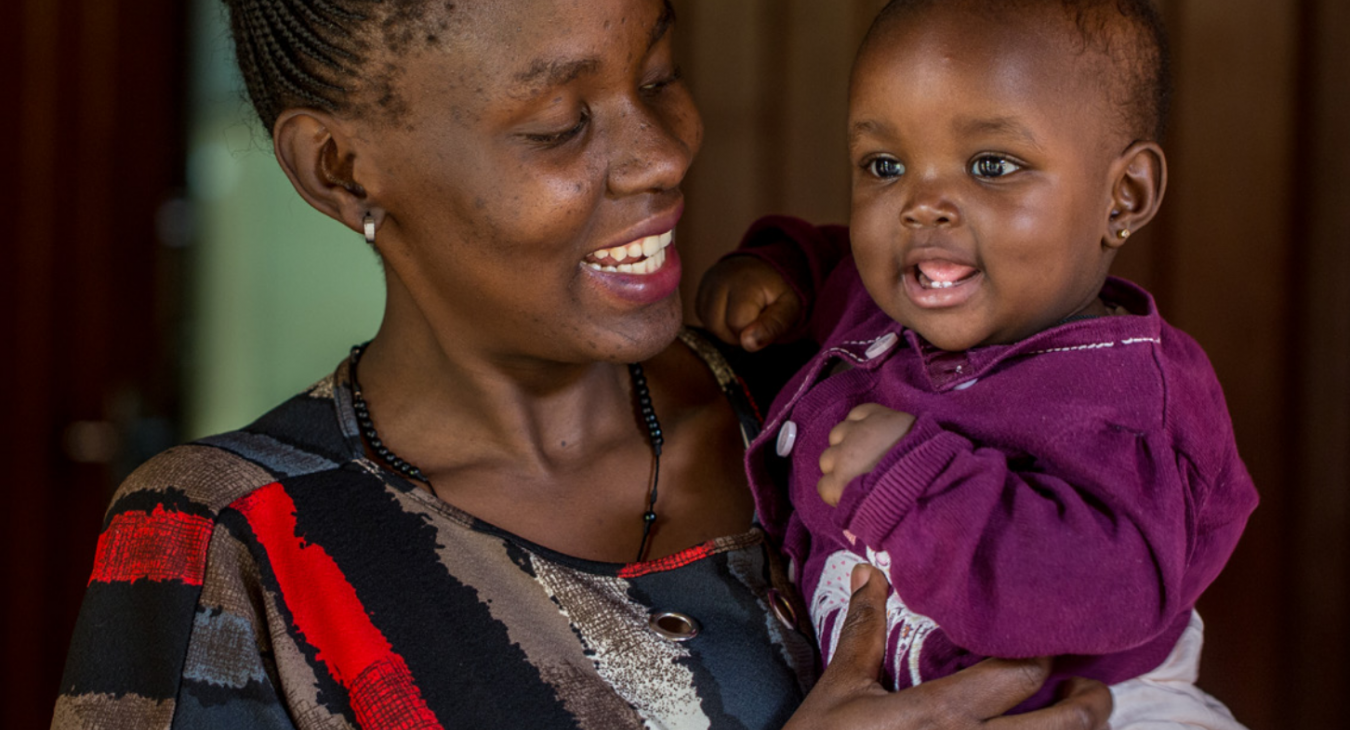
The AU Summit Brochure was created after the inaugural countries leading the Global Alliance to end AIDS in Children met together with community representatives, UN agencies, stakeholders and partners gathered in Dar es Salaam, Tanzania on February 1st, 2023. This was done to discuss our progress and our plans to end AIDS in Children by 2030 and this brochure highlights each AU country's Global Alliance action plan.
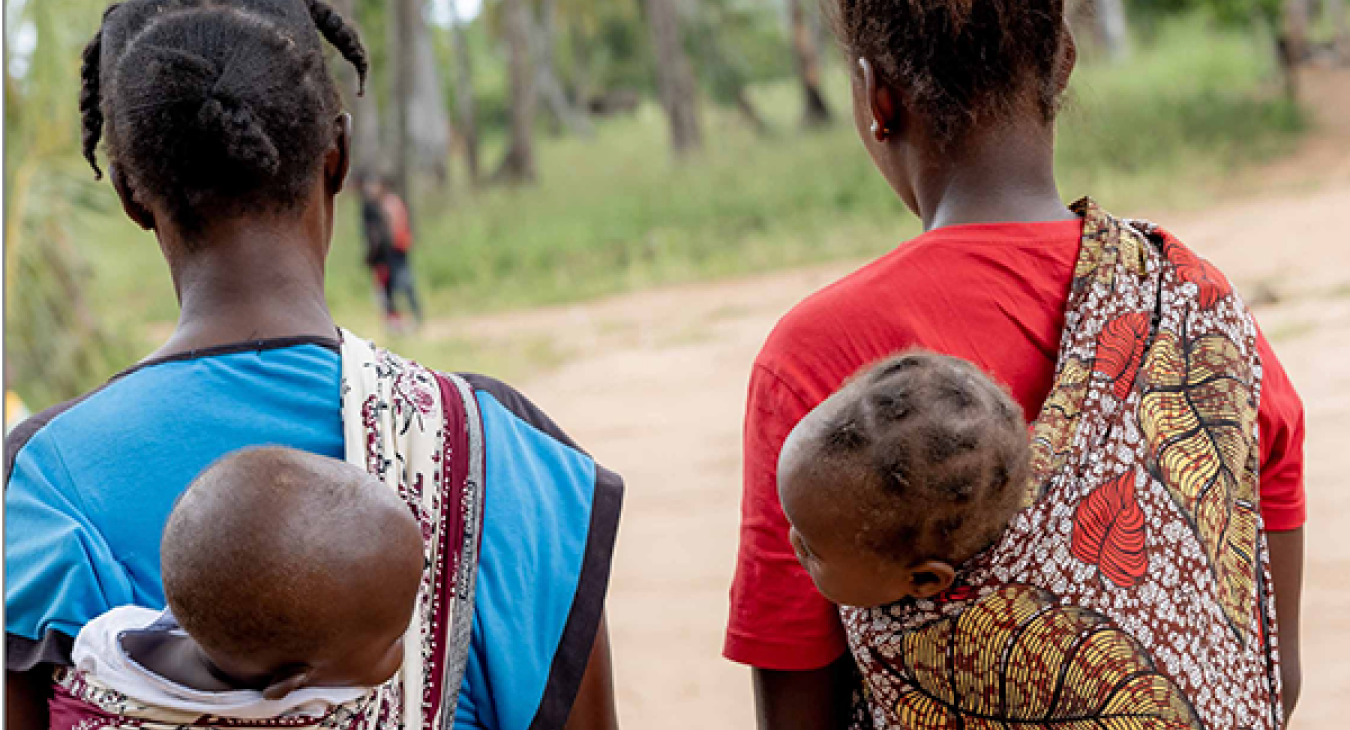
This toolkit is designed to assist you systematically in developing a communication and advocacy strategy ensuring the success of the Global Alliance Country Action plans. The best way to use this toolkit is to work through each stage, thinking through the questions and gathering input from communities, partners, other team members, and stakeholders.
